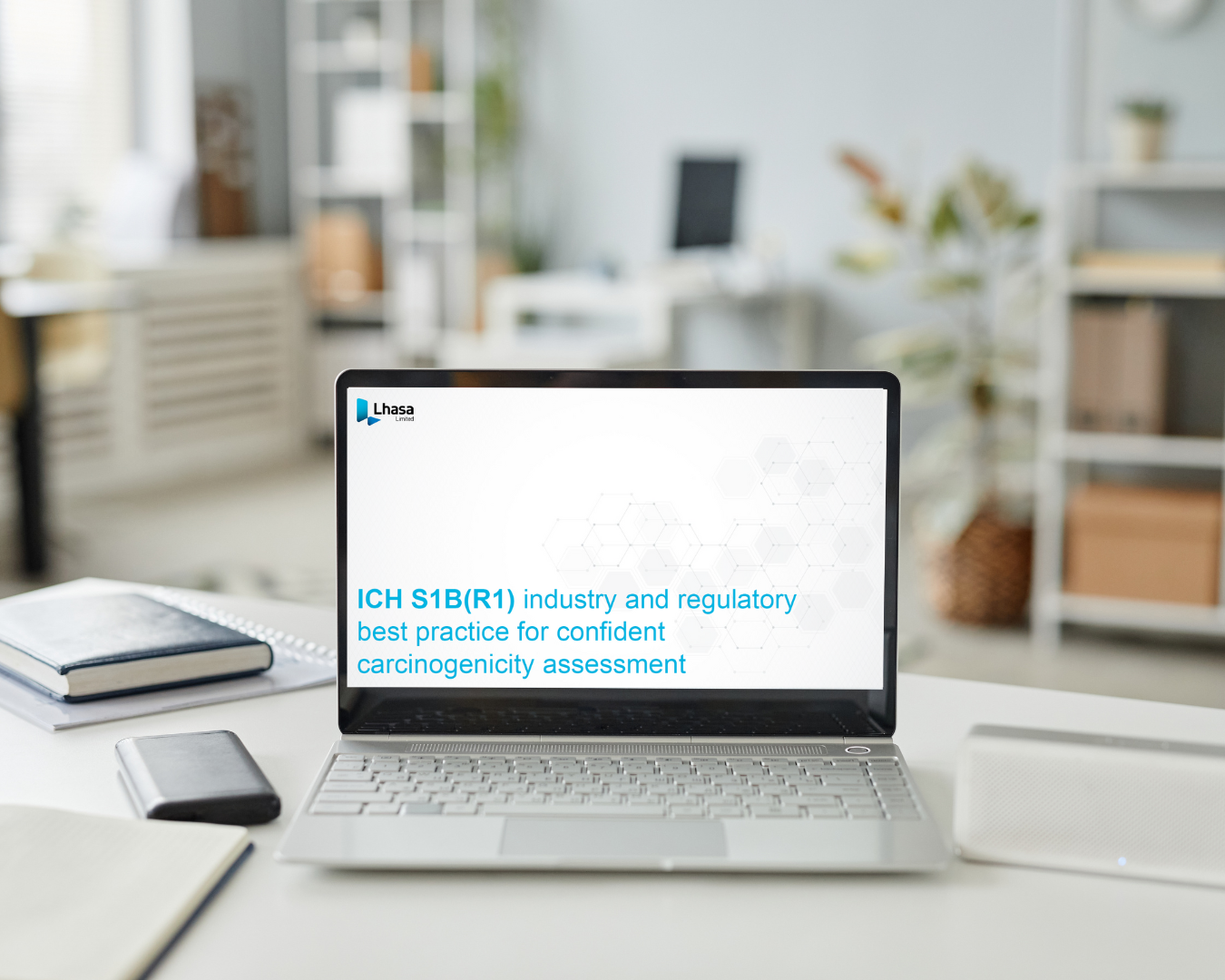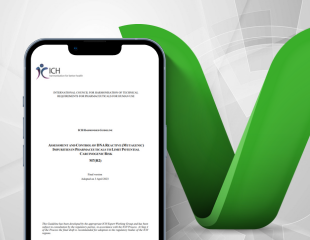Curious to find out what we’ve been up to in 2025? This year, we have driven advancements in regulatory science, delivered innovation …
Insights on ICH Q3E, Extractables & Leachable (E&L) and risk assessment submissions Interpreting grey areas in the draft ICH Q3E guideline Earlier …
Following our recent Lhasa Limited hosted webinar, ICH S1B(R1): industry and regulatory best practice for confident carcinogenicity assessment, attendees had the rare …
Driving efficient early-stage ICH M7 classification through reliable mutagenic and carcinogenic data
In this latest blog, we will define the difference between certainty and uncertainty in the ICH M7 guideline for mutagenic impurities. Delving …
Carcinogenicity assessment is a critical step in drug development. Teams must balance regulatory compliance, development timelines, and ethical testing, often with incomplete …
If you’re currently relying solely on analytical testing to check for mutagenic impurities in your active pharmaceutical ingredient (API), there is a …






